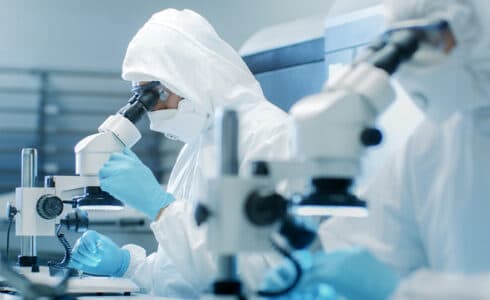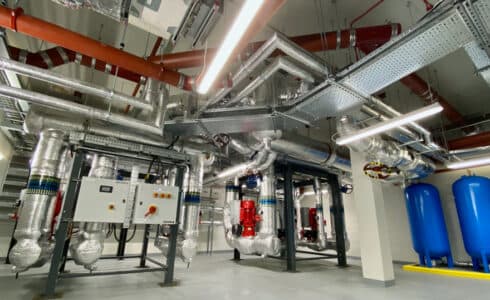Frequently Asked Questions
What are the essential cleanroom hygiene practices?
Essential cleanroom hygiene practices include proper handwashing techniques, the use of personal protective equipment (PPE), and comprehensive employee training programs to ensure all personnel are aware of contamination control protocols.
How often should a cleanroom be cleaned?
Cleanrooms should follow a strict cleaning schedule, including daily cleaning routines for surfaces and equipment, weekly deep cleaning, and regular checks to ensure the effectiveness of disinfectants used.
What types of filtration systems are used in cleanrooms?
Cleanrooms typically use HEPA (High-Efficiency Particulate Air) and ULPA (Ultra-Low Penetration Air) filtration systems to maintain air quality by removing airborne particles and contaminants.
How can I ensure proper handling and storage of cleanroom supplies?
Proper handling and storage of cleanroom supplies involve using sterile packaging techniques, effective inventory management, and safe disposal methods for contaminants to prevent any risk of recontamination.
What environmental factors need to be monitored in a cleanroom?
Key environmental factors to monitor in a cleanroom include temperature, humidity, and surface contamination. Regular audits and inspections are also essential to maintain a contamination-free environment.
Why is ongoing training important for cleanroom personnel?
Ongoing training is crucial for cleanroom personnel to stay updated on the latest contamination control practices, safety protocols, and emergency response procedures, ensuring the cleanroom remains contamination-free.



